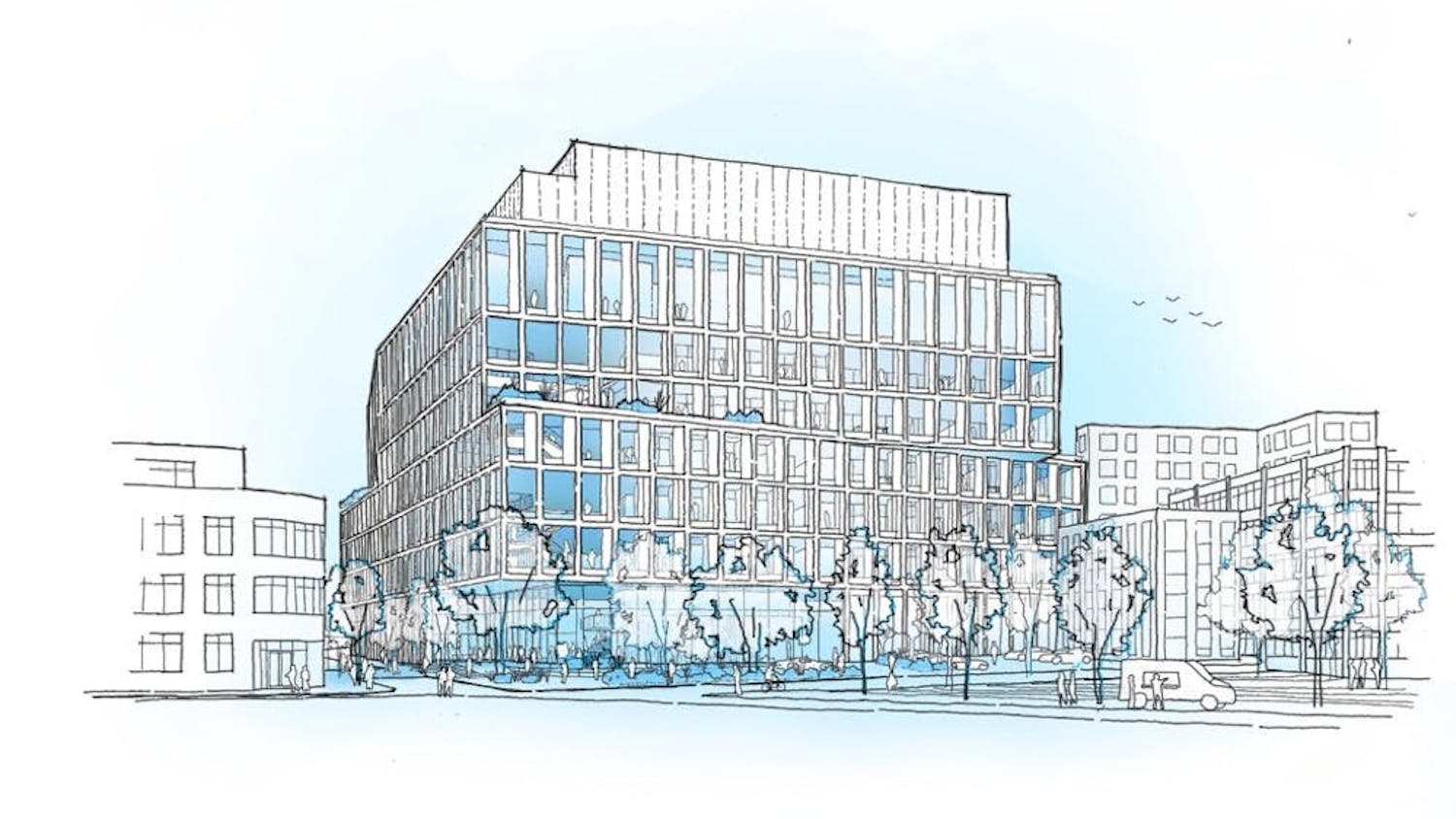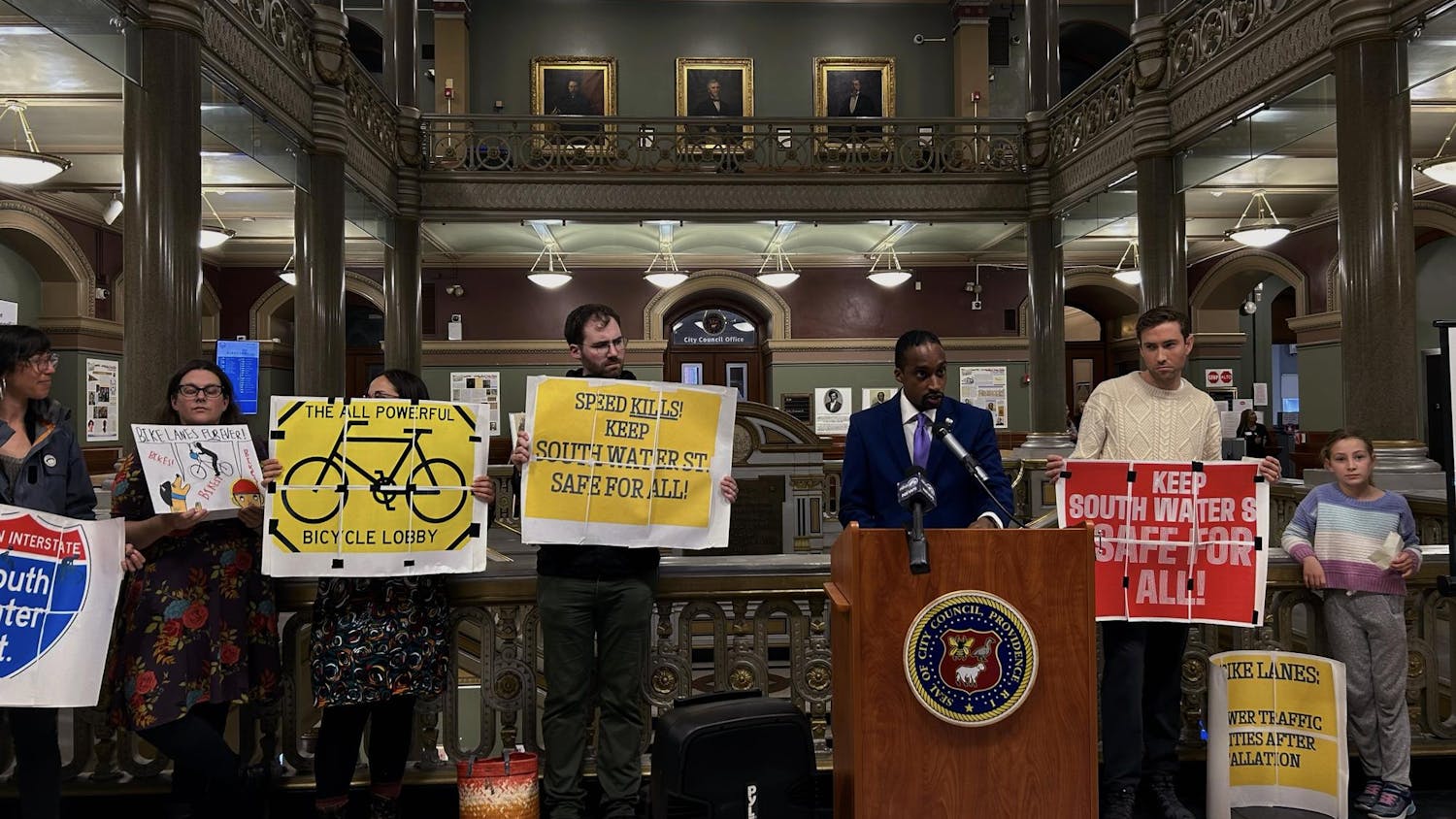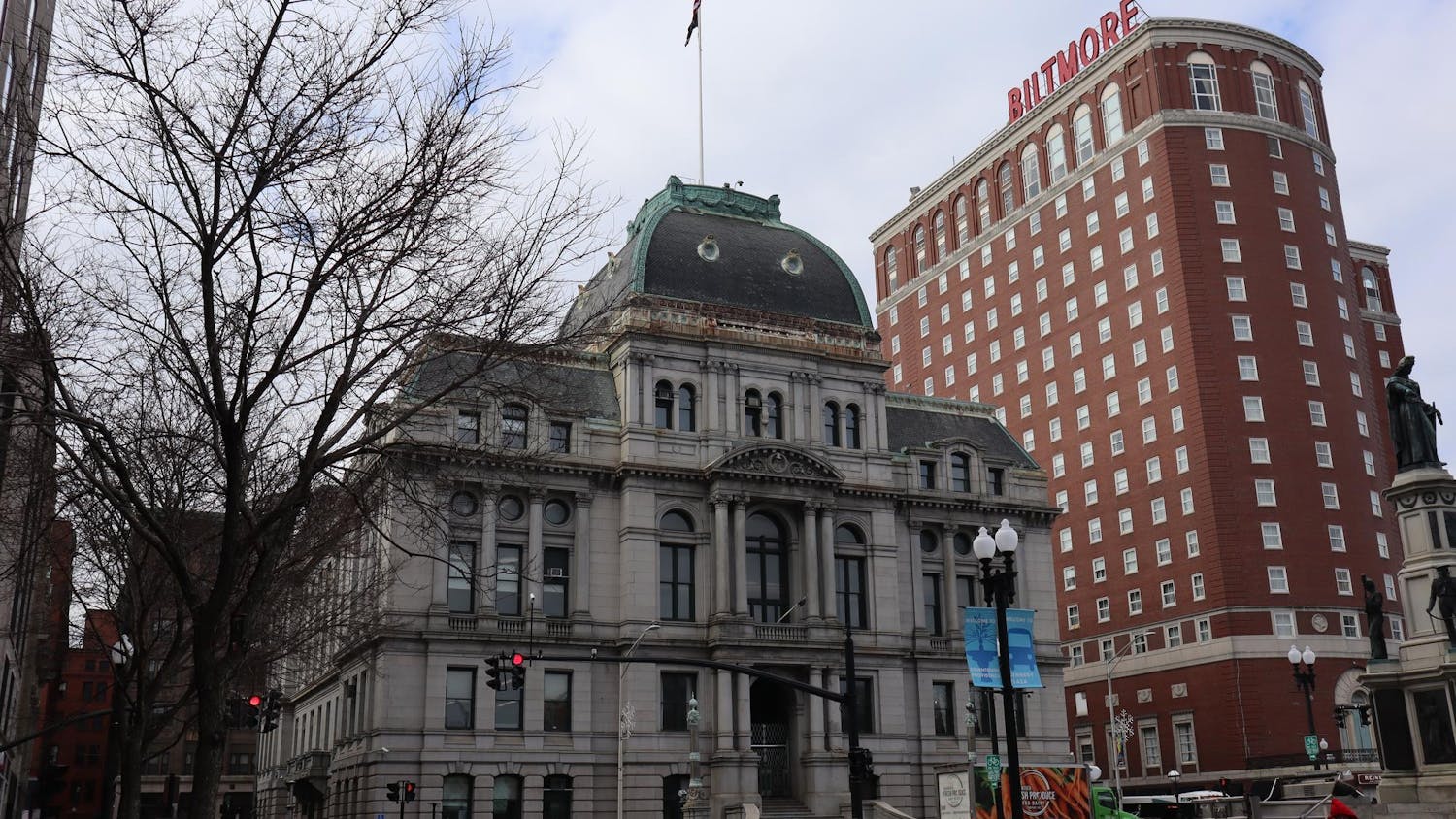When Jenna Karlin, the mother of two children at Carl G. Lauro Elementary School in Providence, filed her Freedom of Information Act request for the results of a district-wide parent and faculty survey of distance learning preferences, she did so to gain a better understanding of “what parents actually thought, that had not been shared” publicly.
The survey, conducted in late June and reviewed by The Herald, indicates that 36 percent of Providence Public School families preferred all distance learning, 24 percent of families preferred all in-person learning and 40 percent supported a mix of the two.
The breakdown was similar for faculty and staff in response to the same question: 28 percent preferred all distance learning, another 28 percent preferred all in-person and 45 percent wanted a mix of the two.
The district is currently implementing a mix of in-person, remote and hybrid learning for Providence students. While students up to fifth grade began in-person learning Sept. 14, grades 6 through 12 have participated in a mix of remote and hybrid models.
Karlin decided to file the request because she said that there were many people, especially elected officials, “giving their opinions of what they thought public school parents wanted” in justifying the district’s reopening plans. But, knowing that there was data on parent opinions from the survey, she wanted to see the results.
What stood out to the district were the number of parents requesting differing learning options for the fall, said Laura Hart, a spokesperson for the Providence Public School District. “The most telling thing that came out of the survey for us was how many families wanted in-person learning still, and how many families wanted distance learning." Consequently, “we knew we had to do some level of brick and mortar” or in-person schooling, she said.
Views on reopening varied greatly depending on personal situation, Hart said. “We knew based on (the survey results) that there was not one right solution for Providence families," Hart said. “We knew we really had to be flexible.”
Hart said that the June survey was distributed to assess how the abrupt transition to online learning following the COVID-19 outbreak in the spring went for families as administrators were designing the reopening plan for the fall. “We were really trying to get feedback, from staff, from families, from students, to get a sense of what worked well, what didn’t work well, and what their preferences were,” she said.
For Karlin, one of the most striking results was that, at the time of the survey, 46 percent of families responded that if in-person learning resumed in the fall, they were “not at all comfortable” with their children returning to school buildings. Only 6 percent said they were “extremely comfortable” and 9 percent “quite comfortable.”
Staff numbers indicated slightly higher levels of comfort with in-person learning. Twenty-nine percent of staff indicated they were “not at all comfortable” returning to school buildings, with 15 percent saying they were “extremely comfortable” and 18 percent noting they were “quite comfortable.”
Parents and staff also expressed uneasiness with alternating student schedules that switch between distance learning and in-person instruction, which is currently practiced in some upper grades. When asked, 36 percent of parents indicated that they were “not at all comfortable” with an alternating schedule.
For staff, including teachers, the number was 22 percent.
The survey did not only ask about reopening. In response to a question specifically concerning socioeconomic and environmental issues, some parents also reported feeling “extremely concerned” about these challenges. Twelve percent said they were “extremely concerned” about child care during the school day, 11 percent said they were similarly worried about their child’s social or emotional well-being, 3 percent said they were “extremely concerned” about their families’ housing situation and 21 percent indicated major concern regarding their child’s learning while the schools were closed for COVID-19 last spring.
In terms of more immediate school-related challenges, staff expressed in the survey that they “imagined they would need” more support for several new needs including remote learning, instructional planning time and greater counseling services to help students as they returned to school.
The survey results also revealed divergent opinions about district communication. While 62 percent of staff agreed or strongly agreed that they received consistent messaging about the district’s response to COVID-19, 5 percent strongly disagreed, 14 percent disagreed and 19 percent neither agreed nor disagreed.

ADVERTISEMENT




